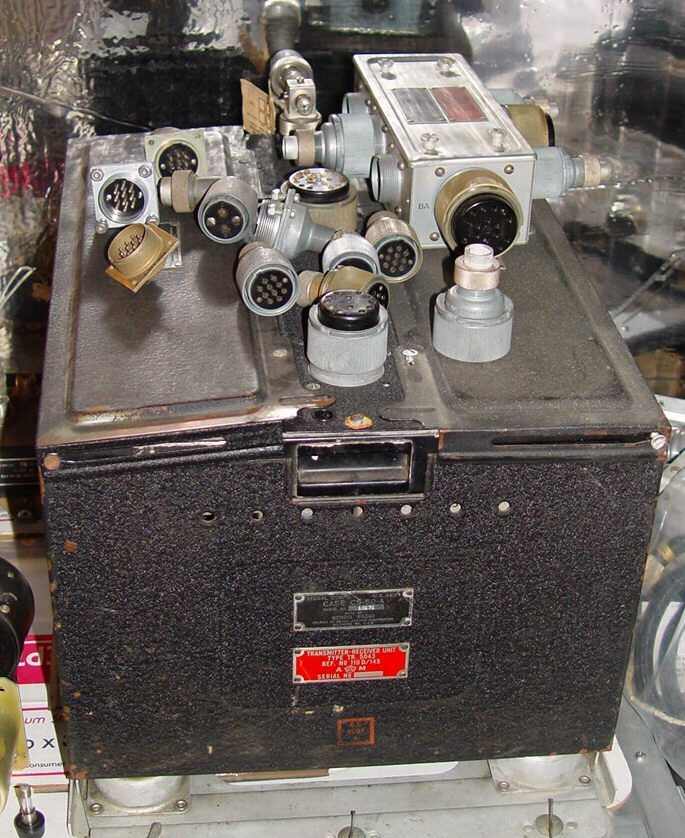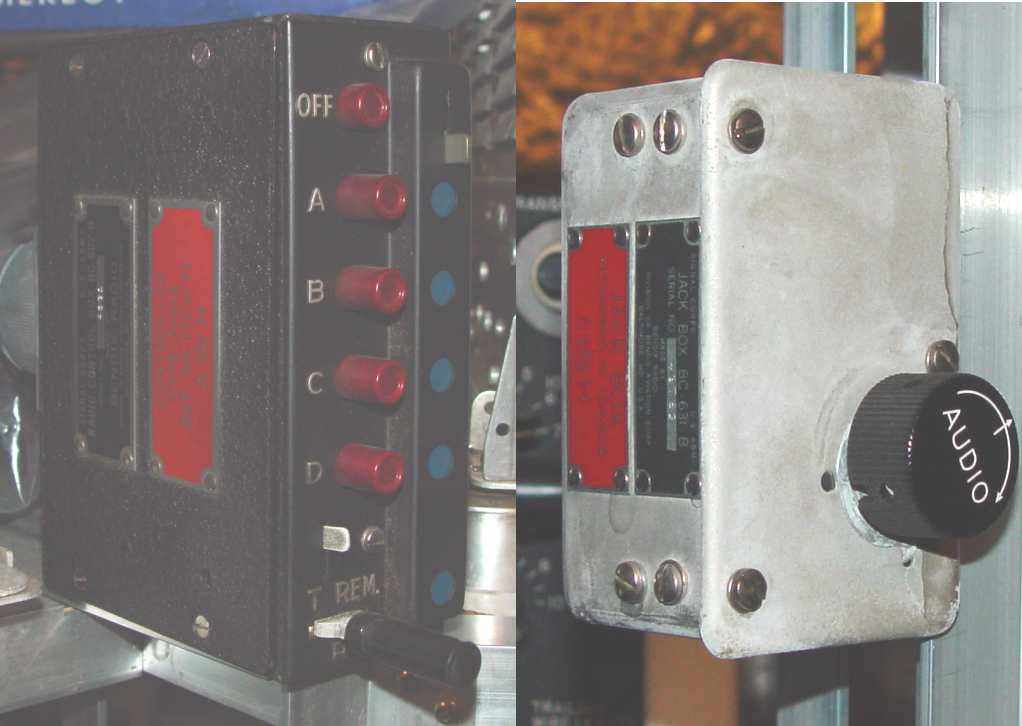
With all the talk about problems in communications interoperability between the Services and with Coalition forces in the last thirty years, it seems odd that the same problem was faced and solved during the war. AAC aircraft began arriving in England in significant numbers in 1943, all equipped with HF command sets for plane to plane and plane to ground communications. Not only did that make forming up without alerting the Germans to an impending raid problematical (even under radio silence orders there was the occasional slip), but it made it more difficult to use British airfields in an emergency, or to coordinate operations with British fighters or other aircraft, all of which used VHF frequencies by that point in the war. Although the Signal Corps had produced and was pushing a VHF ARC-5 set (the T-23 and R-28), it had significant teething problems - enough to anger the operational commands in England and give it a reputation as unreliable. Add to that a high degree of British pressure to provide a second source in case their factories were destroyed, and the only quick and dirty answer was to "copy" the British design. Far more than a copy, the Signal Corps actually repackaged and "miniaturized" the design from the two packages originally planned by the British (one of which was nomenclatured the TR.1143) into one package, and Bendix was the chosen manufacturer for the initial production. The British designation for the SCR-522 was TR.5043, as shown on the red Air Ministry tag. Using the British connectors provided logistics interoperability for Commonwealth aircraft, as well.

The example above is a hodgepodge at the moment, awaiting cabling. It shows the basic SCR-522, the two different style connectors (open wire and flex conduit) and the JB-29A junction box.

There isn't a whole lot to this set in terms of peripheral boxes. It has four crystal controlled channels chosen with the BC-602 control box above, and delivered to the earphones via either the interphone amplifier or directly to the BC-631 jackbox on the right. An AN-104 blade antenna was used on the skin of the aircraft. It was a surprisingly effective radio, well liked by aircrews and maintainers, and even when it was replaced in the Pacific by the more capable AN/ARC-3, the European Theater stuck with the -522 until long after the war.
Somewhat off topic, the BC-631 reminds me that there are occasionally bits of unpainted exposed metal associated with these old sets. Normally not a problem, there is a small risk connected with those items plated with cadmium, as this particular box happens to be. While there are plenty of cad plated screws, toggle switches, and other small bits of hardware open to the air conditioned environment in the flight deck, this particular box seems to have one of the largest exposed surfaces in the flight deck at risk to the cadmium decomposition disease, which produces a white powder that is quite toxic if you ingest or inhale it. Fortunately, any of the protectants available in the open market, from WD-40 to longer lasting solutions like LPS 2 or 3, can seal in the problem reasonably well. It does require periodic checking however. Just a data point to consider when building and using these sets.